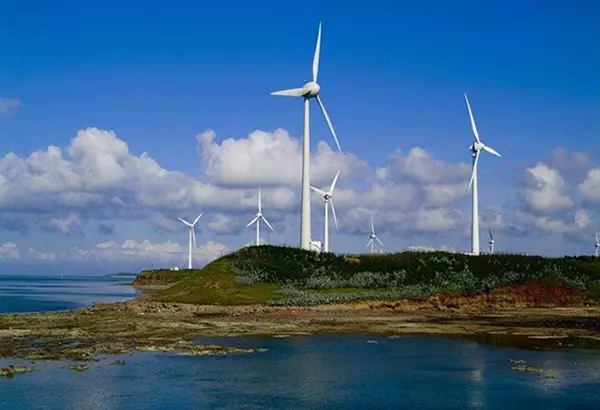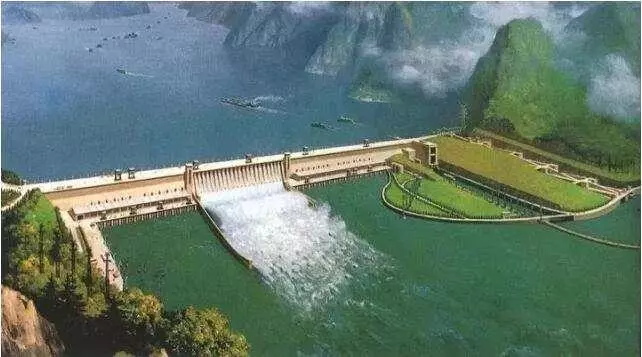HOW DOES ELECTRICITY PRODUCE?
2022-08-12
2019-09-20
Electricity is an energy source powered by electric power, which was invented in the 1870s. The invention and application of electricity set off the most wonderful part of the second industrialization. The large-scale electricity system in the 20th century is one of the most important achievements in the history of human engineering science. It is a electric power production and consumption system composed of electric power generation, transmission, substation, distribution and electricity consumption.
The main ways of generating electricity are: thermal power generation, solar power generation, wind power generation, nuclear power generation, hydrogen power generation, hydraulic power generation and so on.
Hydraulic Power Generation
Advantages: This method is almost completely pollution-free, low operating costs, easy to peak regulation, renewable and has water conservancy and other marginal benefits.
Disadvantages: Hydroelectric power is to submerge a large amount of land, which may result in damage to that ecological environment, and the consequences will be unimaginable once the large reservoir collapse. In addition, a country's hydraulic resources are limited, but also affected by the season.

Advantages: Basically not restricted by the origin of natural resources, low operating costs, no greenhouse gas emissions.
Disadvantages: The nuclear fission chain reaction must be controlled by a person through a certain device. Out-of-control fission energy can not only be used to generate electricity, but can also lead to disasters. The energy generated by the fission reaction should be safely removed from the reactor. Neutrons and radioactive materials produced in fission reactions are very harmful to human beings, and efforts must be made to avoid their harm to nuclear power plant workers and nearby residents. There are a large number of radioactive materials in the reactor of the nuclear power plant, if released into the external environment in the accident, it will cause ecological and public harm.
Wind Power Generation
Advantages: This method is no environmental pollution, low operation cost and renewable.
Disadvantages: Wind power will cause noise, visual pollution, while occupying large areas of land and woodland, vegetation damage. It is unstable, uncontrollable, and the cost is still very high.

Advantages: Fuel is easy to obtain, heat engine efficiency is high, peak regulation is easy to realize and construction cost is low, It is easy to form symbiotic industrial chain with metallurgy, chemical industry, cement and other high energy consumption industries.
Disadvantages: The acid gases such as SO2, NOx emitted by direct coal combustion are increasing, which increases the acid rainfall in many parts of China. The flying ash pollution is caused to the environment near the electric power station, and it has a negative impact on people's life and plant growth. Water is usually used as cooling medium for generating steam turbines, and a 1 million kilowatt thermal power plant consumes about 100, 000 tons of water a day.
Jecsany Electrical Equipment is a professional supplier including power fittings, cable accessories, electrical tools, insulators, arresters, fuses, disconnecting switch, transformers, and various circuit breakers, reclosers, and switchgear. Get more details about our company and products, please visite our website: https://www.jecsany.com/
Previous:AN OVERVIEW ABOUT VOLTAGE




